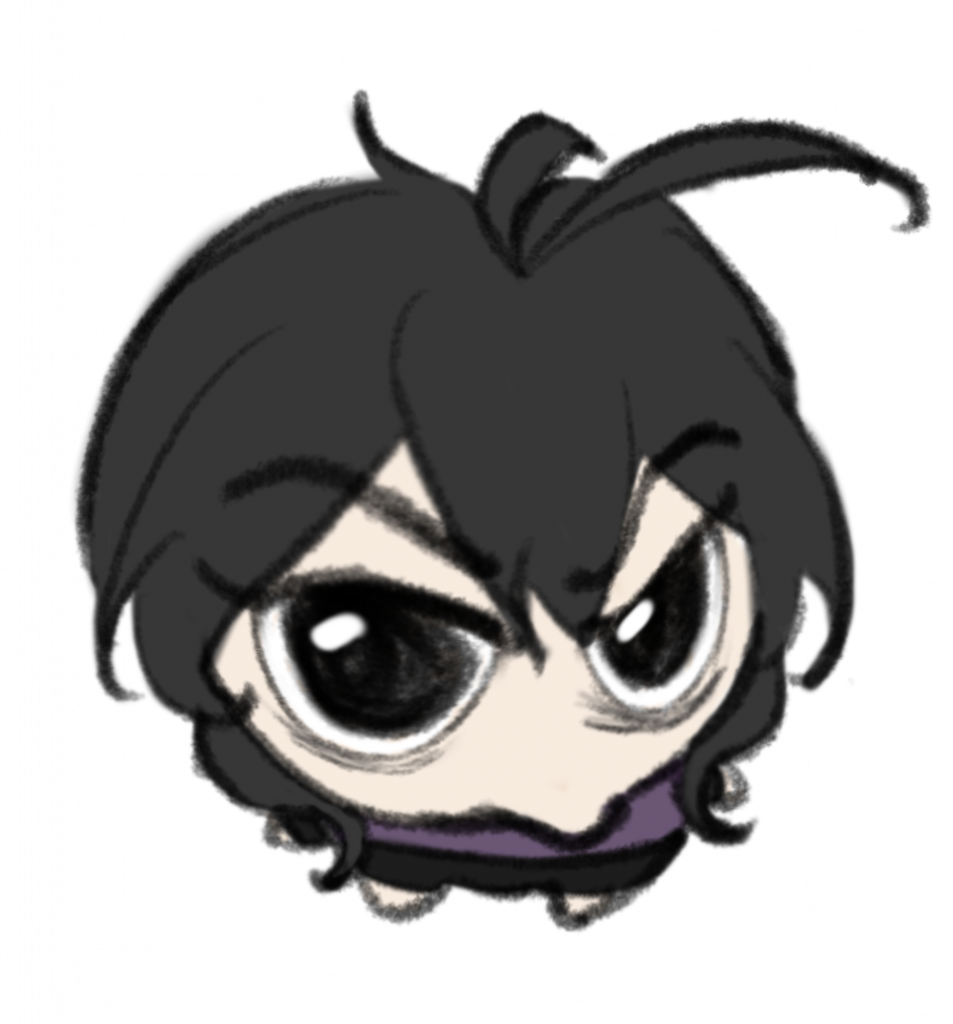1 Dec, 2024 — Donita Kadharusman
Principles of Games Art 24/25
3D — Worlds Apart, Week 1
Playground Visit
On a quiet Tuesday afternoon, we were tasked to brainstorm ideas and find references to put on our mood board. As for me, I was starring blankly at the computer screen with no thoughts on my mind. I was about to panic over my empty mood board, then the fire alarm went off. We had to stop working and evacuate the building. (Thank God)
Outside, I happened to see a playground and it made me feel nostalgic for my happy childhood. Where I’d play at the playground after school, instead of studying or doing homework. This sparked an idea to link this project’s concept to the feeling of nostalgia for childhood memories and playgrounds.
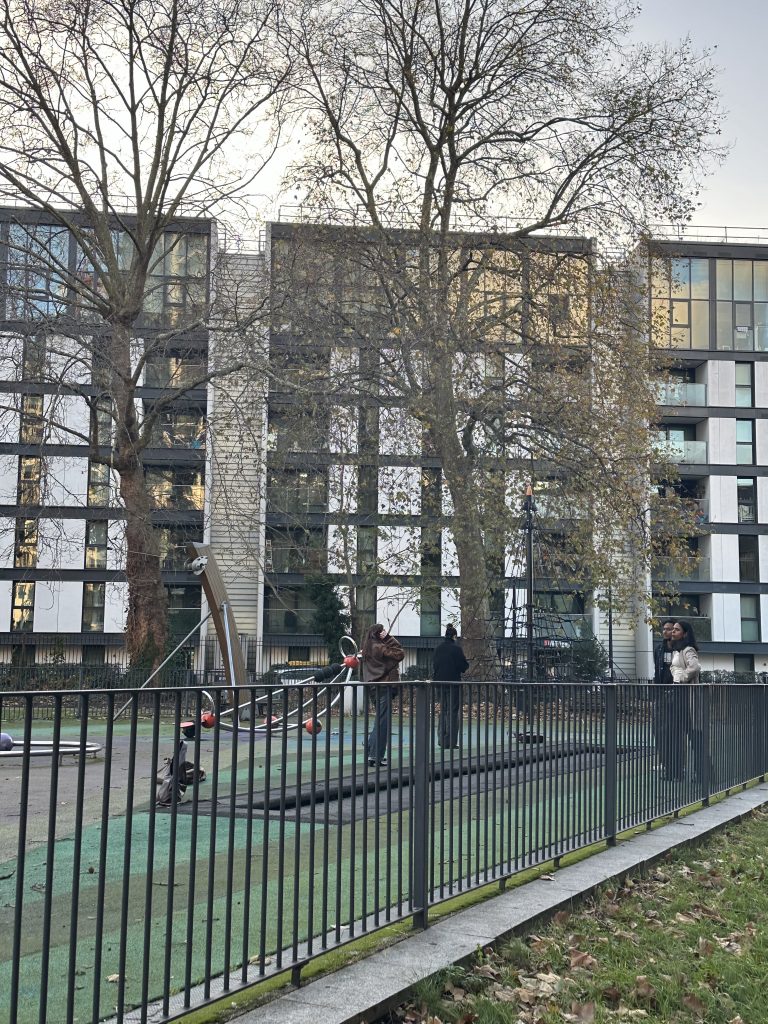
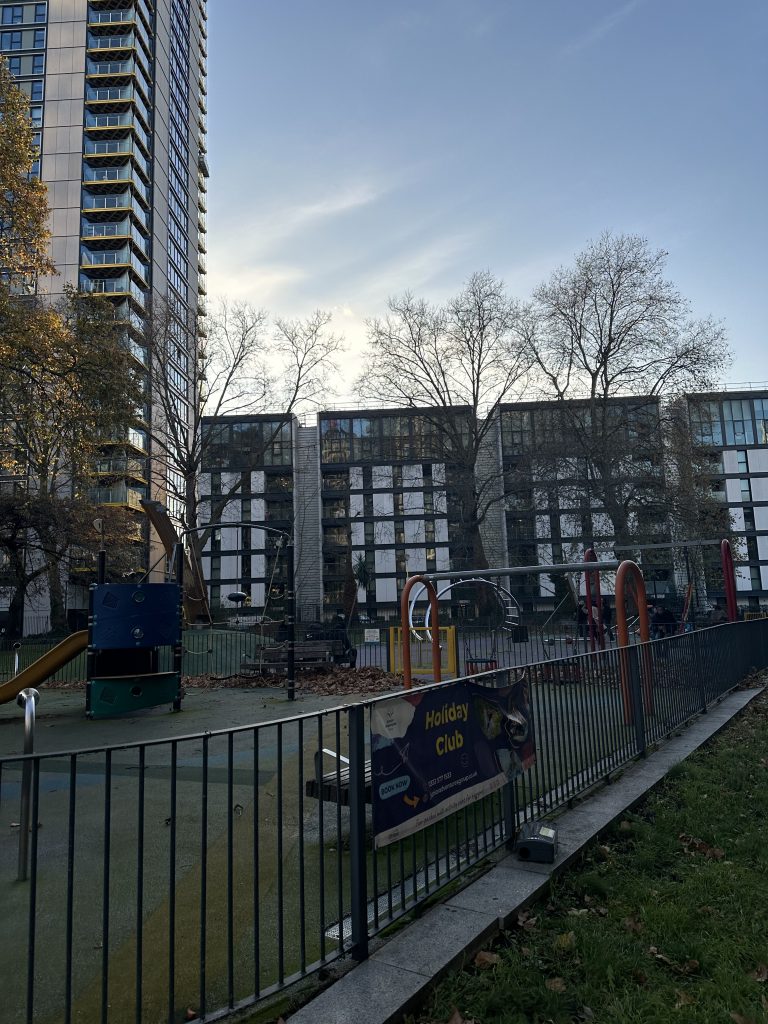
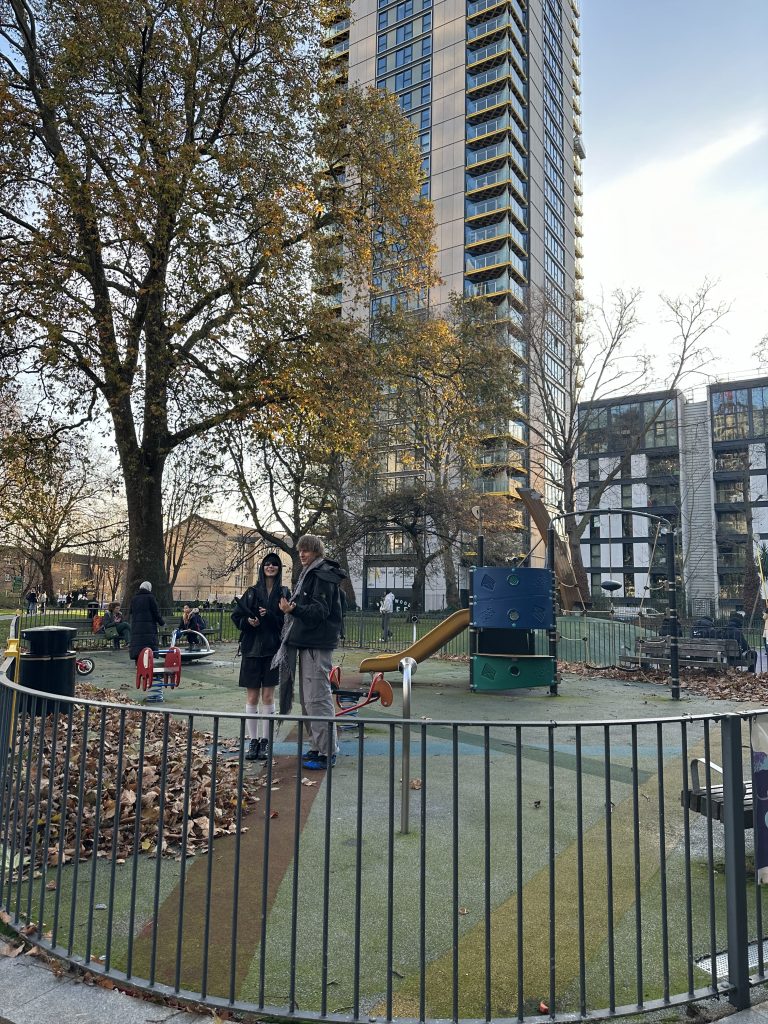
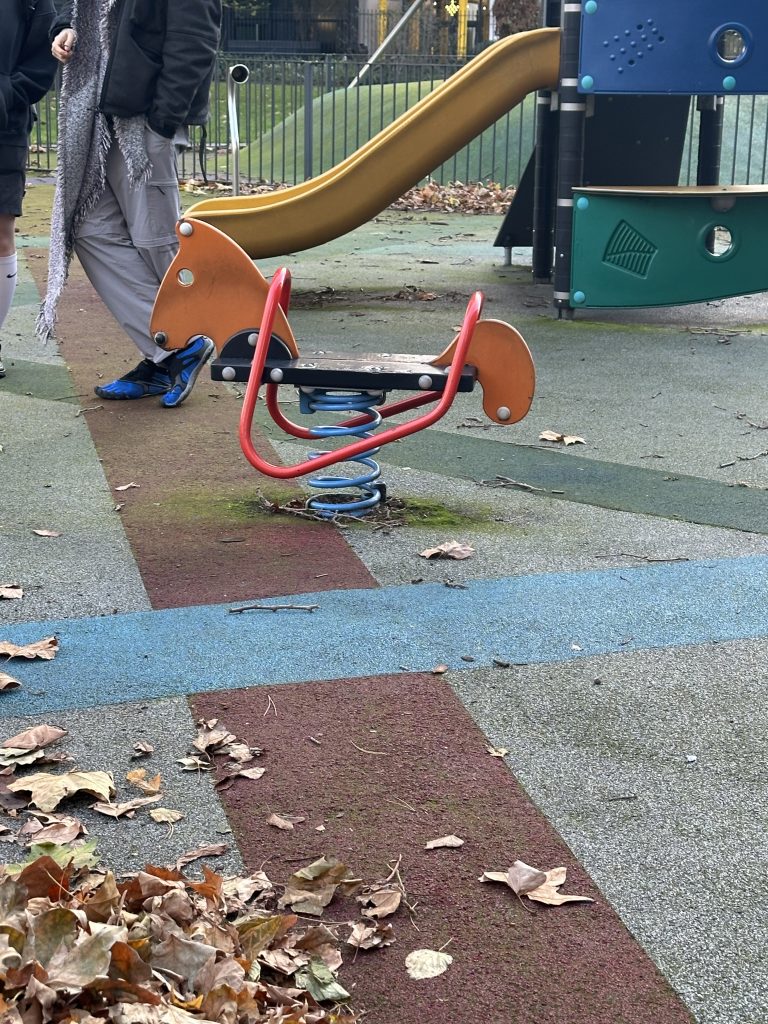
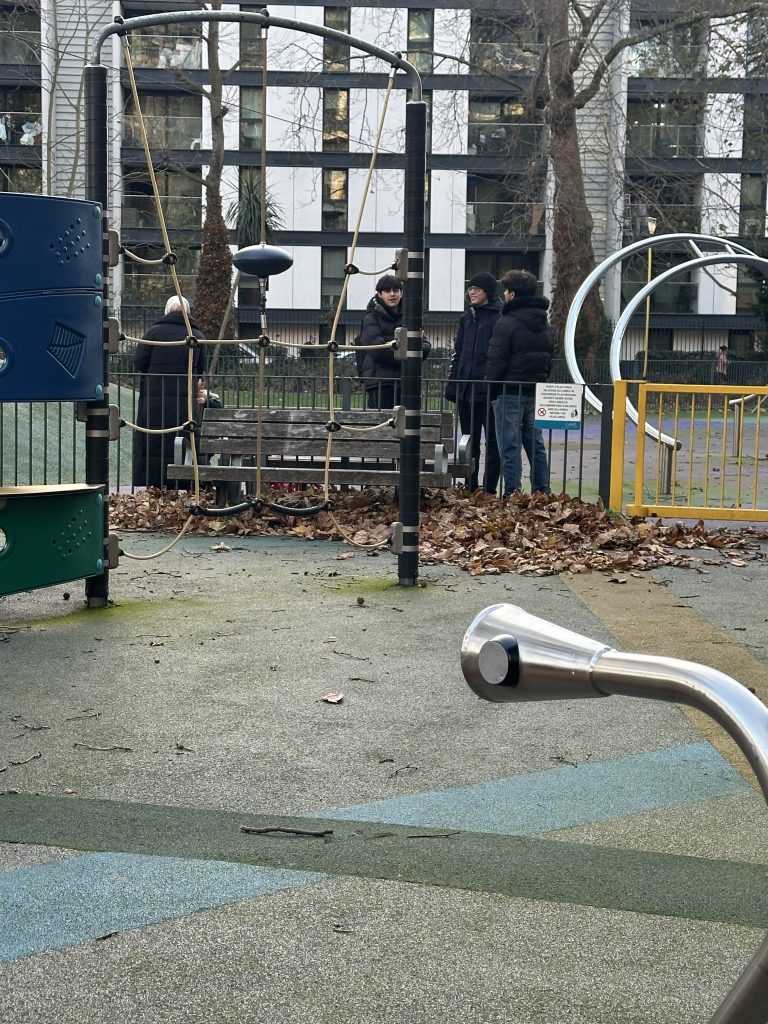
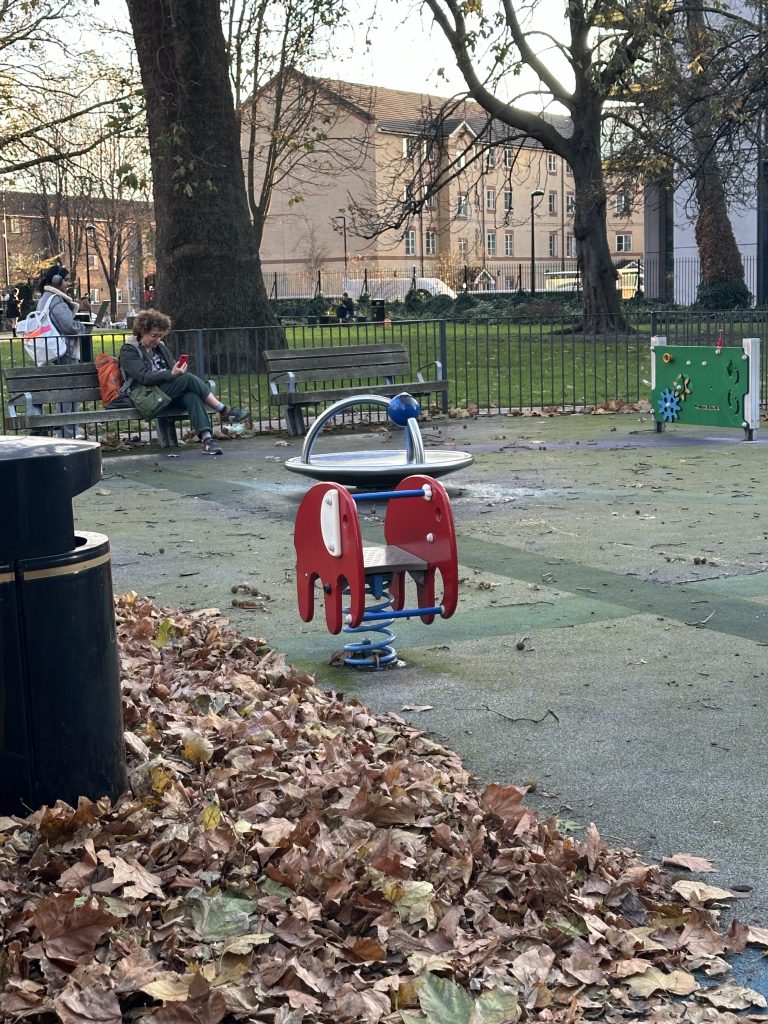
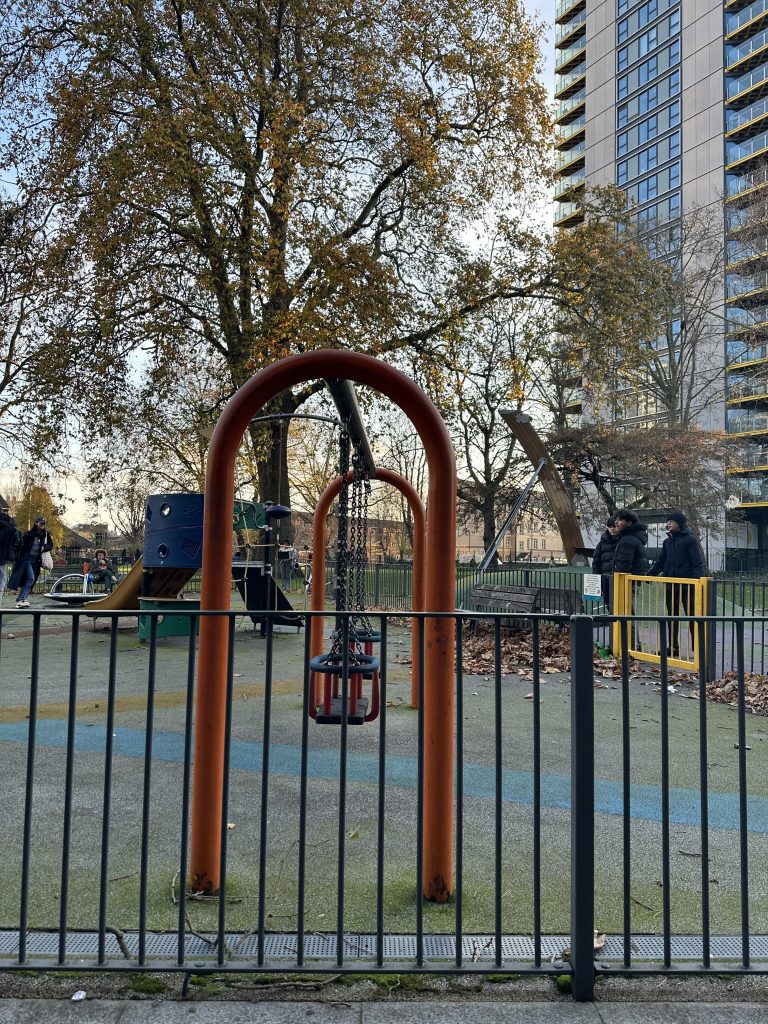
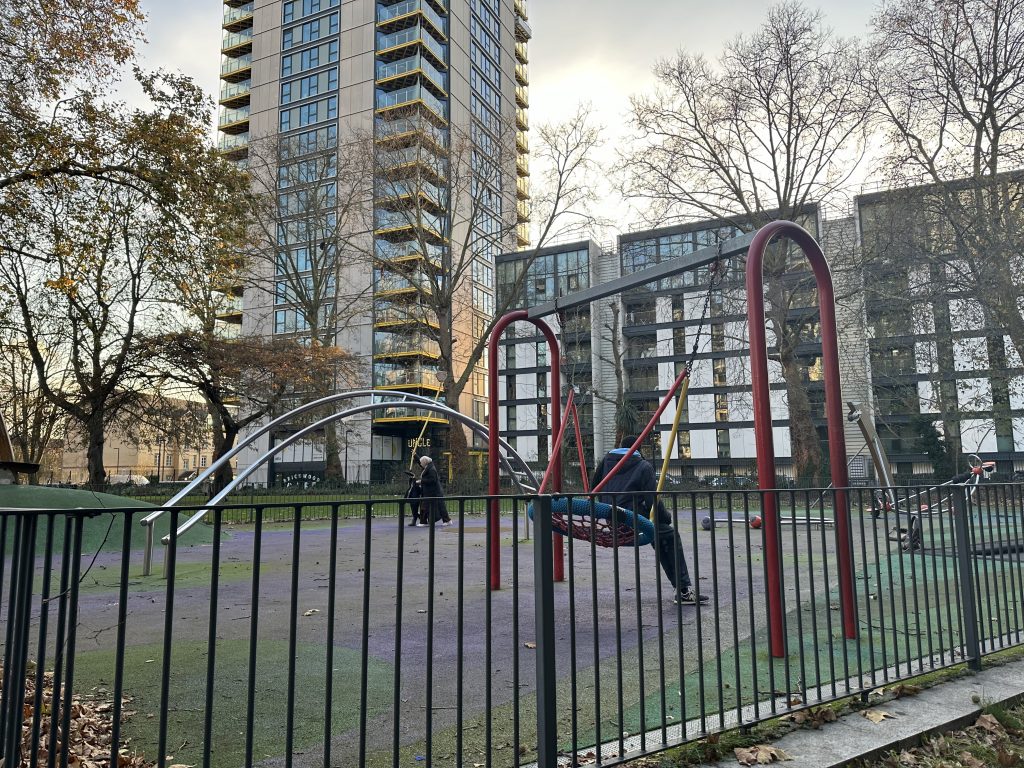
-
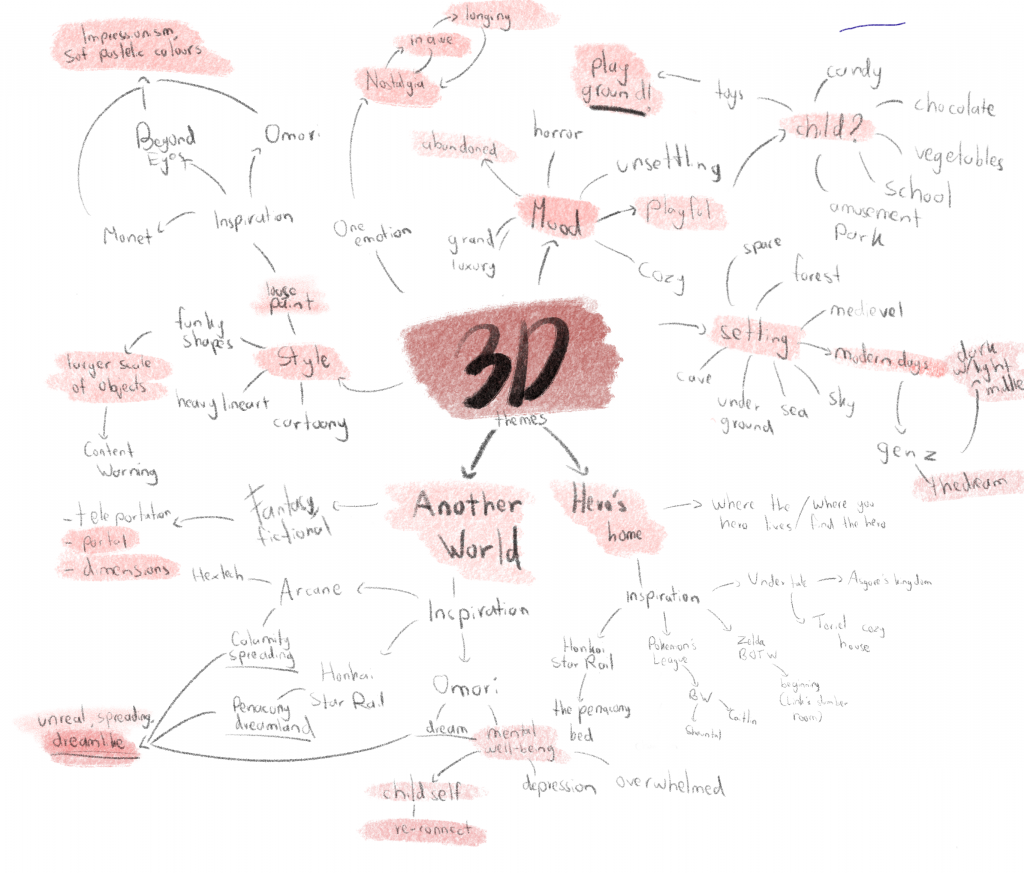
Mind Map
While I was brainstorming ideas, I realised how nostalgia can trigger the brain to picture that certain moment/memory in our head. Hence choosing the theme of ‘Another World’ to underline the scene, the playground is in a person’s mind.
On the other hand, I remember during our first 3D classes, Amil mentioned letting our inner child free to express their artistic side. As inner child can help people to increase their self-esteem, self-compassion, and even passion. It is said by accepting your inner child, you are reconnecting with yourselves as well (Campbell, 2024). These thoughts lead to the second theme, ‘Hero’s Home’, which means the playground scene belongs to the hero, yourself.
As a result, I was able to come up with the concept:
A dreamy playground that exists in someone’s head as fragments of their childhood memory. Only to discover that their inner child is imprisoned inside a portal in the middle of it. Despite the fear, they approach the portal and release their inner child, which ends up helping their real-life challenges. Hence, referring to their inner child as their own hero.
A fragment memory of someone’s childhood place, hence naming it ‘A Familiar Place’.
Full narrative here: https://docs.google.com/document/d/1AoX6OxRwW1ubF4o2Bs0IQ9cjLeXOOngp5yus8tt7zEw/edit?usp=sharing
Mood Board
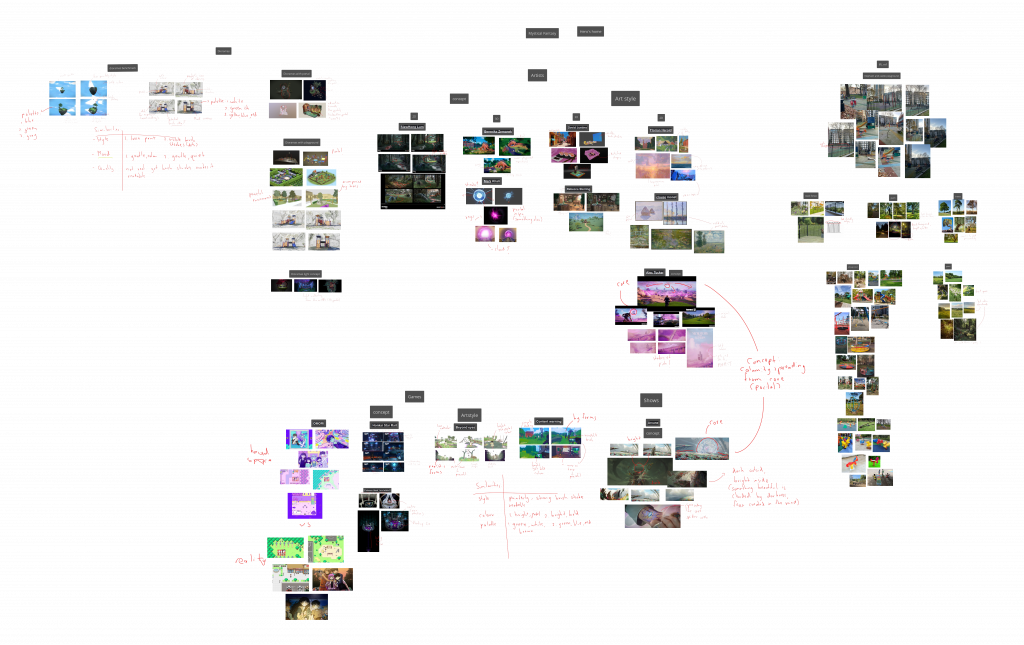
OMORI’s (2020) game concept mainly inspired my project’s concept as well, where the scene exists in someone’s mind. I’d want to underline that my scene is happening in someone’s mind, not in reality and OMORI is the perfect reference to look at. OMORI uses a vibrant and sweet colour palette for the dream world.
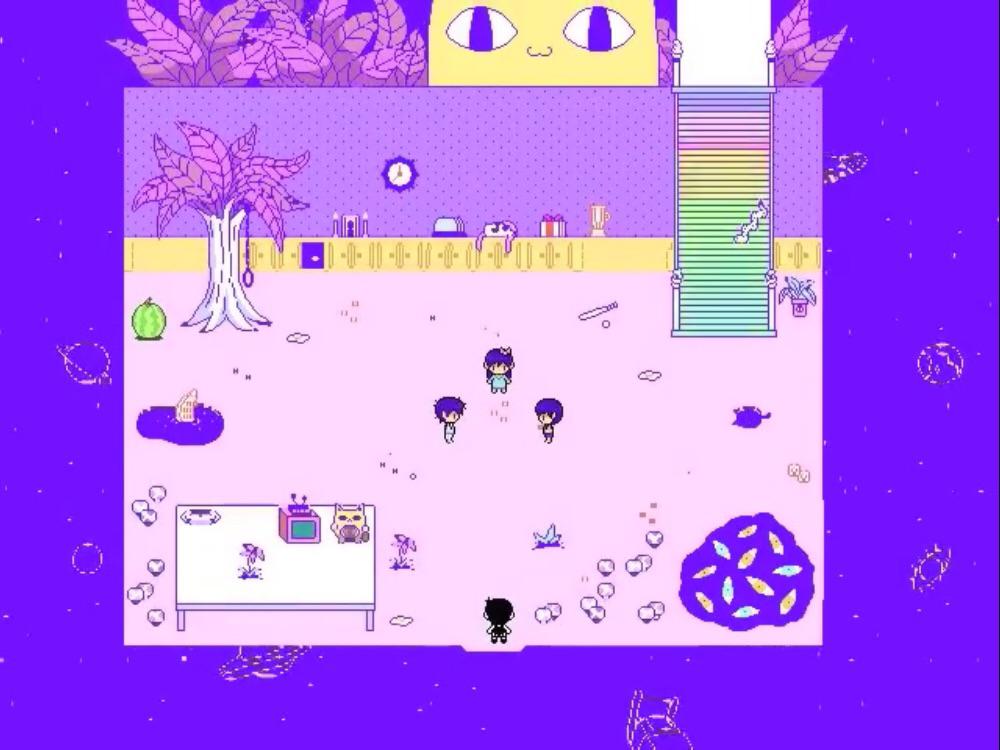
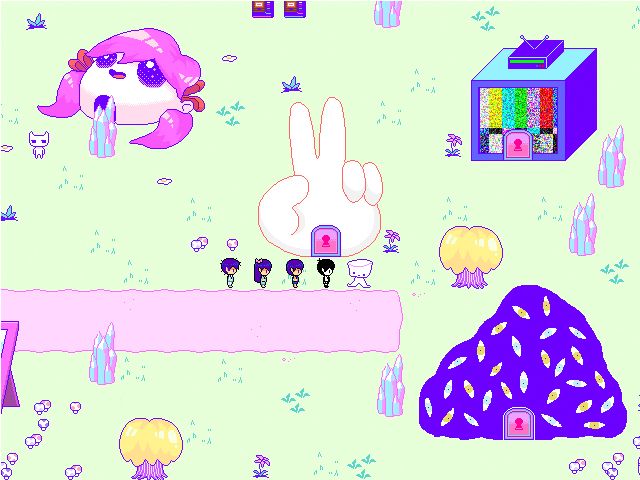
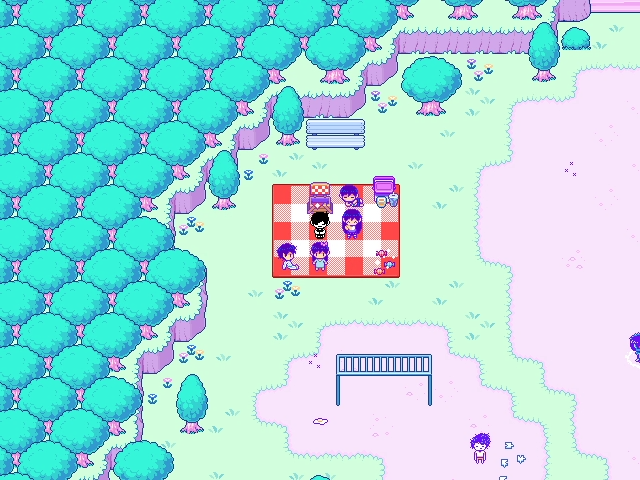
In contrast, everything looks warmer and less saturated in the real world. Hence I will use the same approach to my diorama.
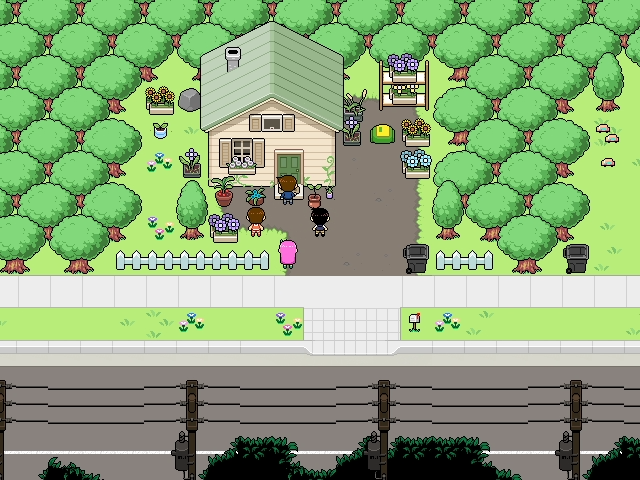

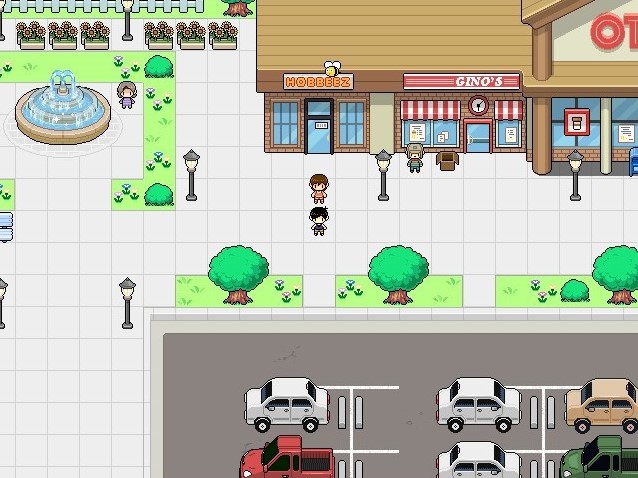
Another game reference I looked at is Honkai: Star Rail (2023). The ‘Land of Dreams’ or Penacony shows great signs that the place is fictional. For example, floating objects and bubbles, portals, and upside down hallway which all of them defy physics law. Because of this, it makes these scenes unreal, as if time has stopped. This kind of atmosphere and objects complement the dream theme very well, hence I will use it in my diorama.
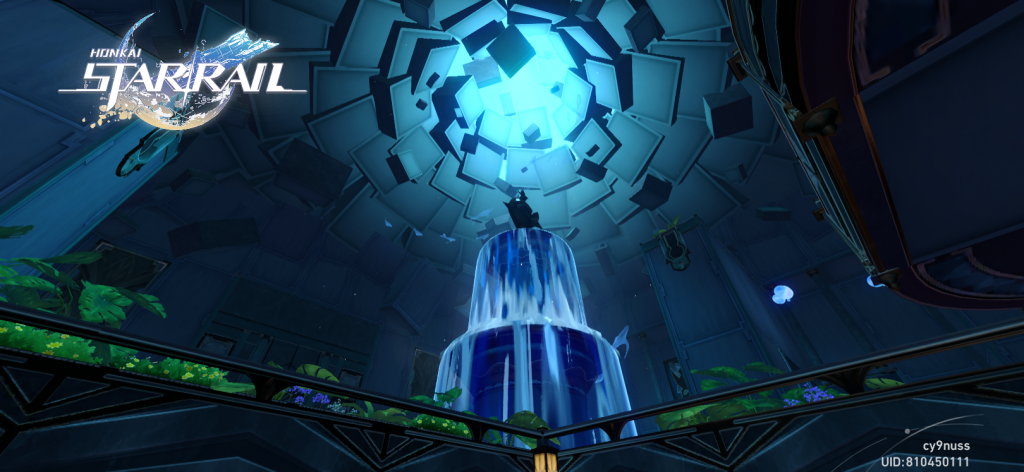
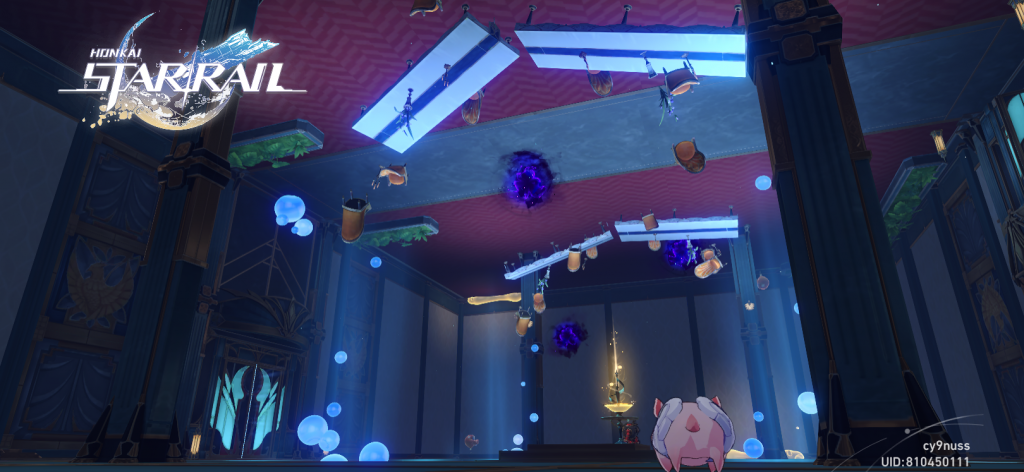
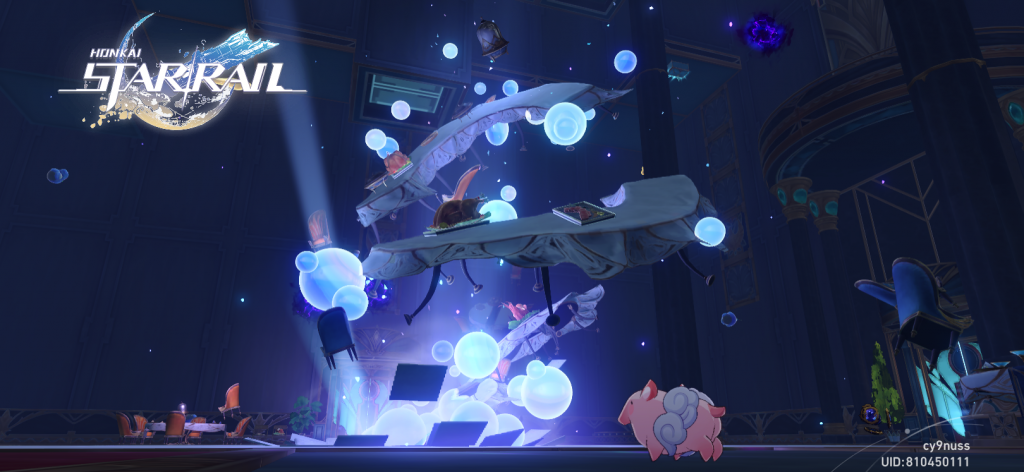
I couldn’t contain my excitement about the release of Arcane season 2 (2021) that I decided to use this show as a reference. It shows how the core is gradually corrupting reality by stretching the architecures. This feature inspired me to include corruption into my project, to illustrate how the portal is corrupting and eating the playground (the childhood memory) if it’s not taken care of.
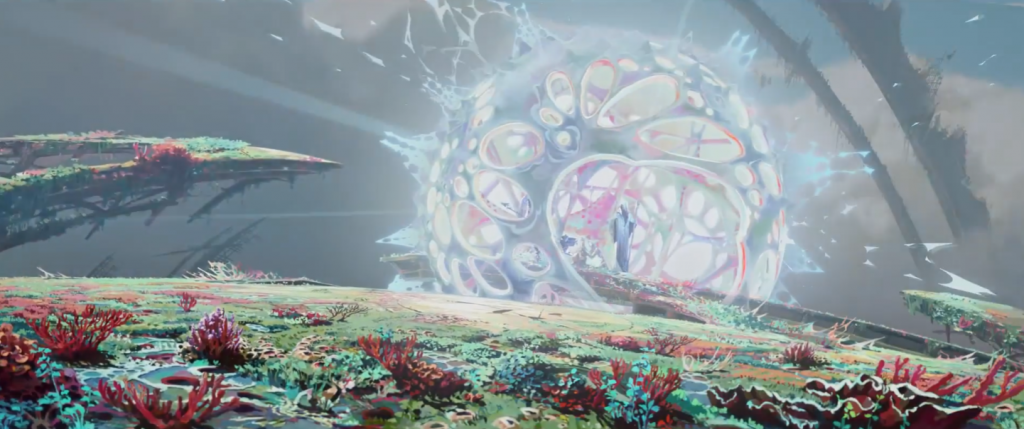
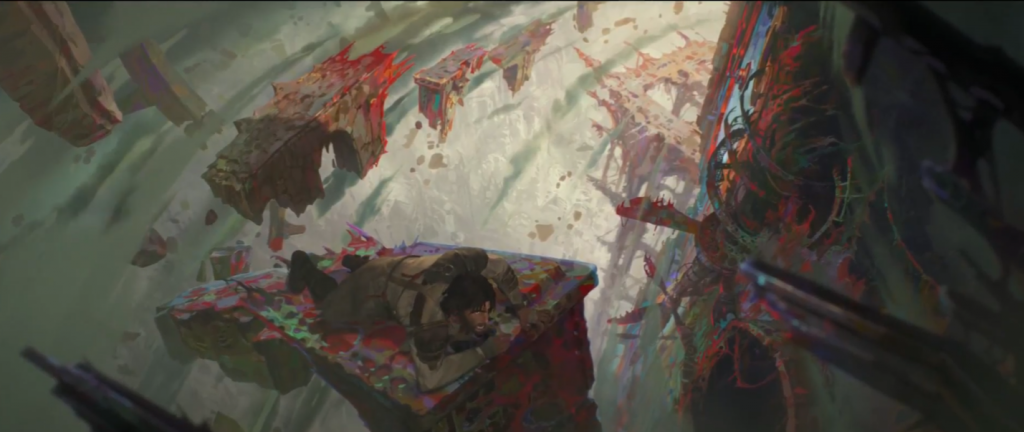
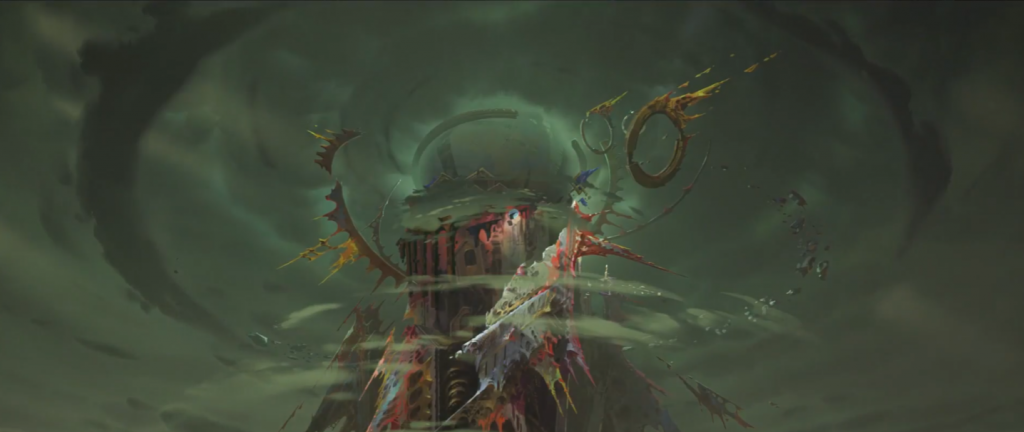
Other than concept-driven references, I chose some artists that inspired this project’s art style. A 3D artist, David Justino creates simple yet lively 3D artwork through his painterly brushstrokes to create personality. I aim to use this style to describe how chaotic and unreal the scene is.
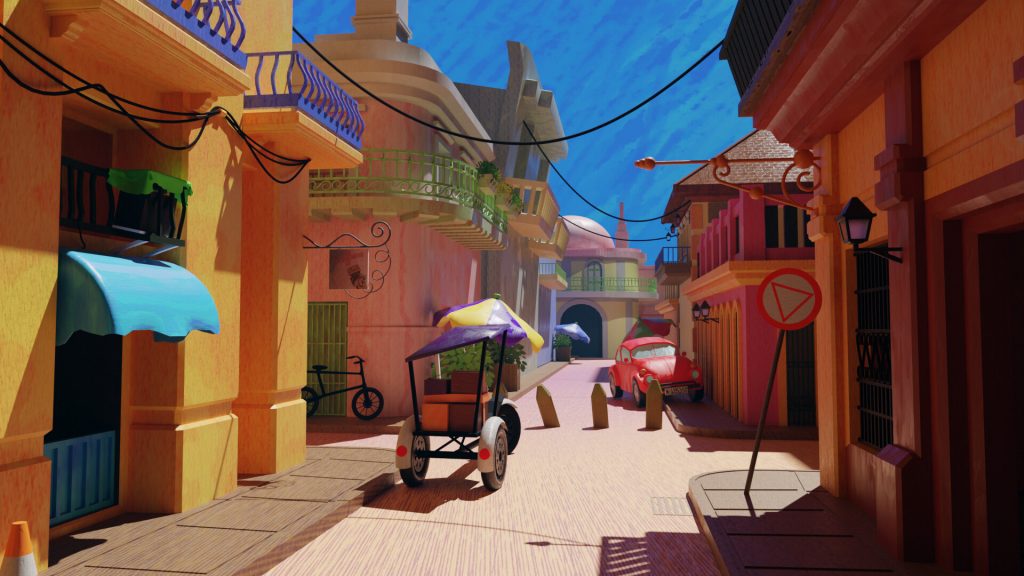
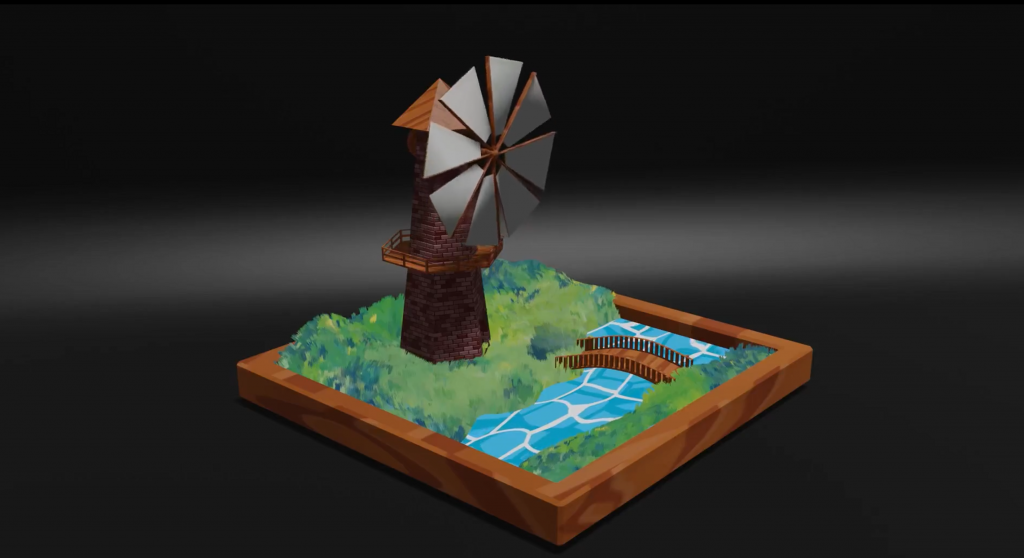
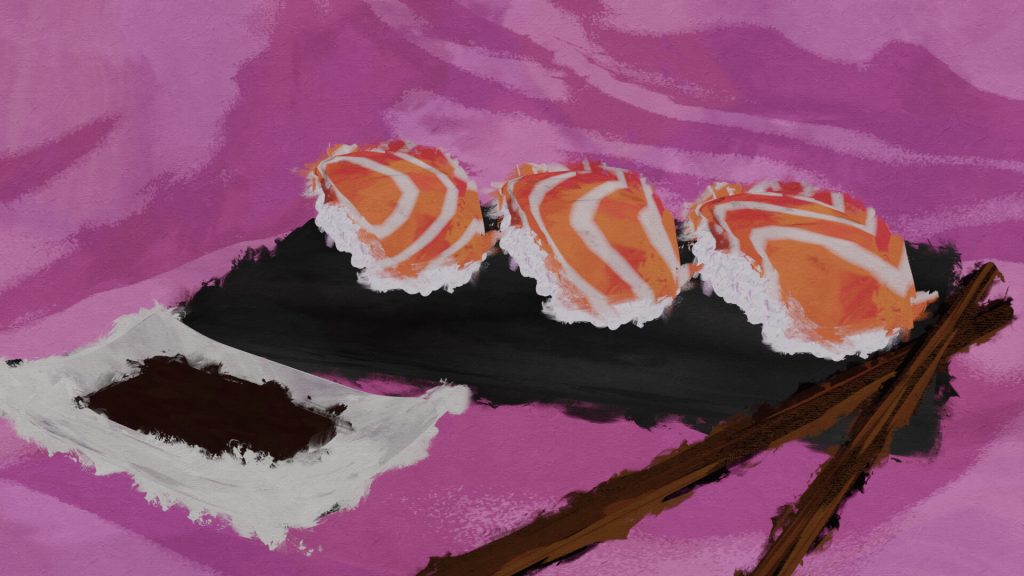
Florian Herold has a similar approach in his art style, however, his colour palette looks more dreamlike and misty. This colour palette is what I aim for my diorama, as it gives off a sense of innocence from a childhood memory.
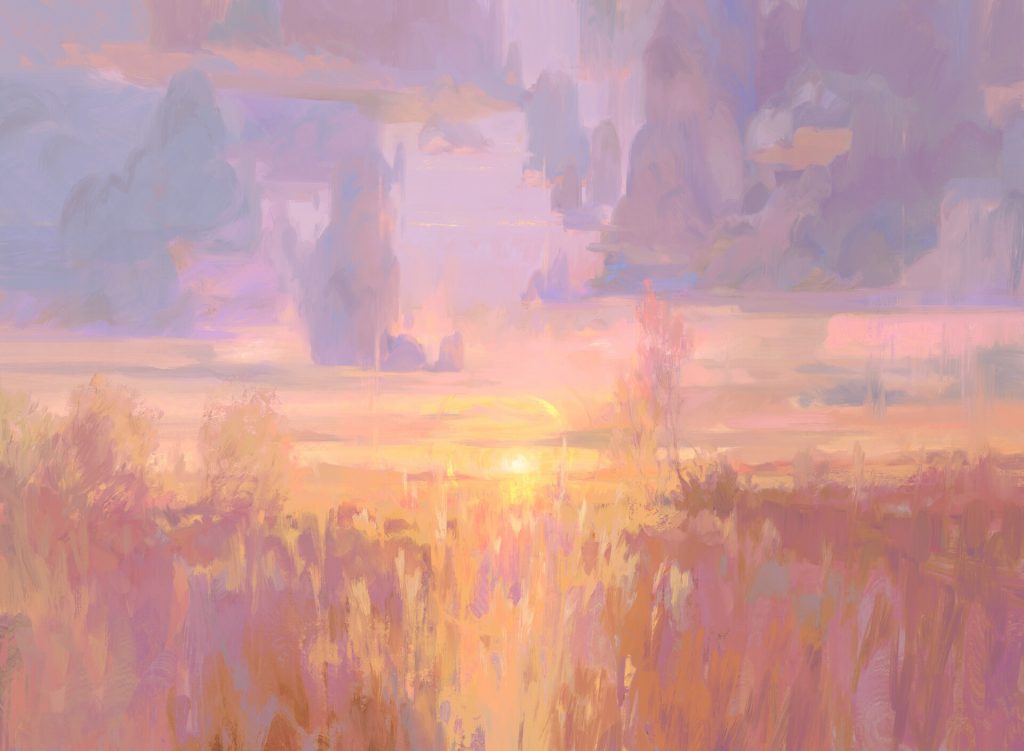
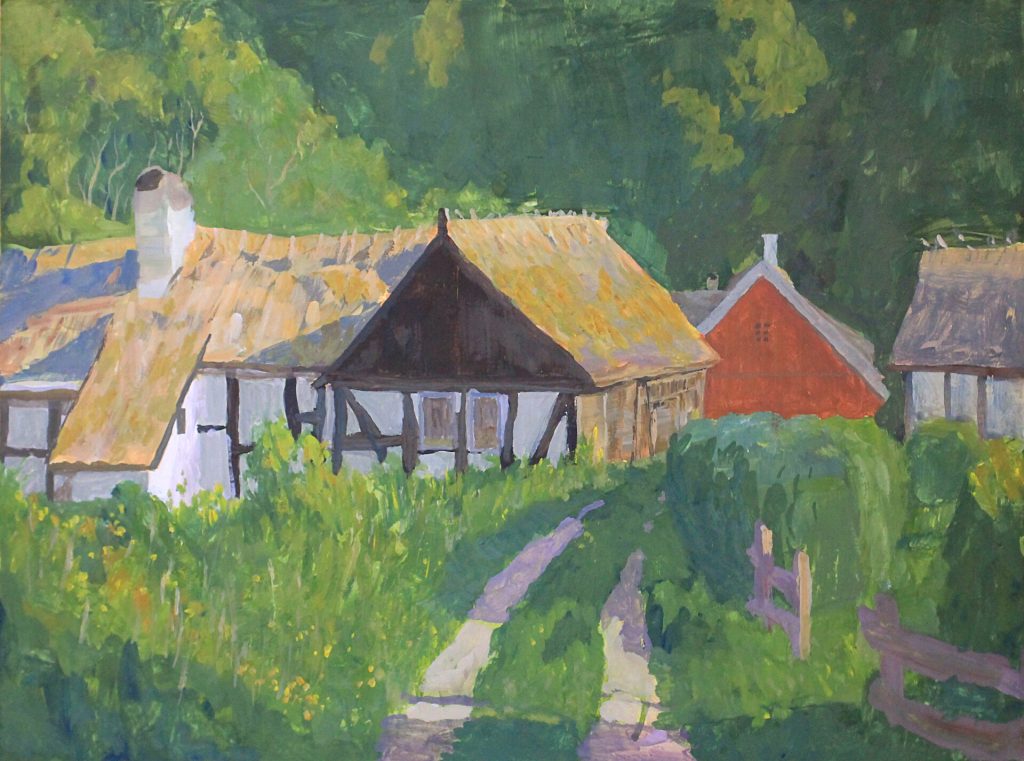
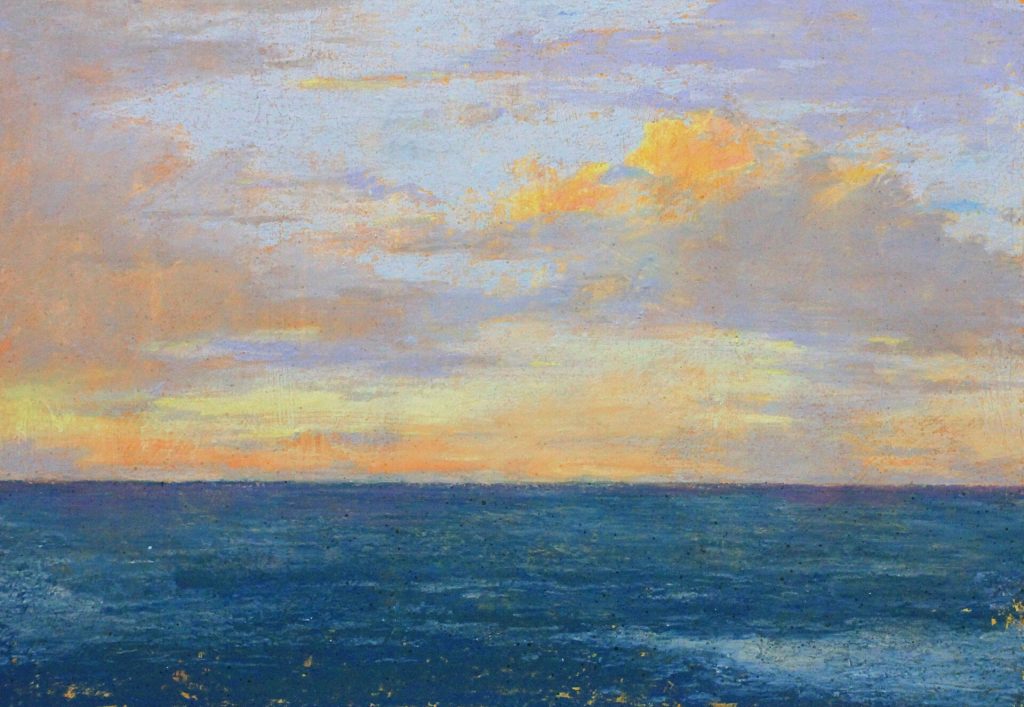
Diorama Sketches
With all references prepared I continued to sketch out the diorama. Because this diorama is heavily related to childhood, I’d want the portal to resemble closely to innocence. Hence, I chose to design the portal that’s heavily inspired by a type of candy that most children like, which is cotton candy. Besides that, I use a pastel pink colour for the portal to signify the innocence and happiness of childhood (also because it was my favourite colour back when I was young)
At first, I tried creating an indoor playground for fun yet it lacked a sense of chaos. Then I decided to use floating islands, as they resembled more of a fragmented and old memory of childhood. Although I loved the big broken slides in the 5th sketch, I didn’t like how it strays too far from the ‘Hero’s home’ theme, where a path leads to the main focus. Hence, I combined the 4th and 5th sketches and came up with the 6th sketch.
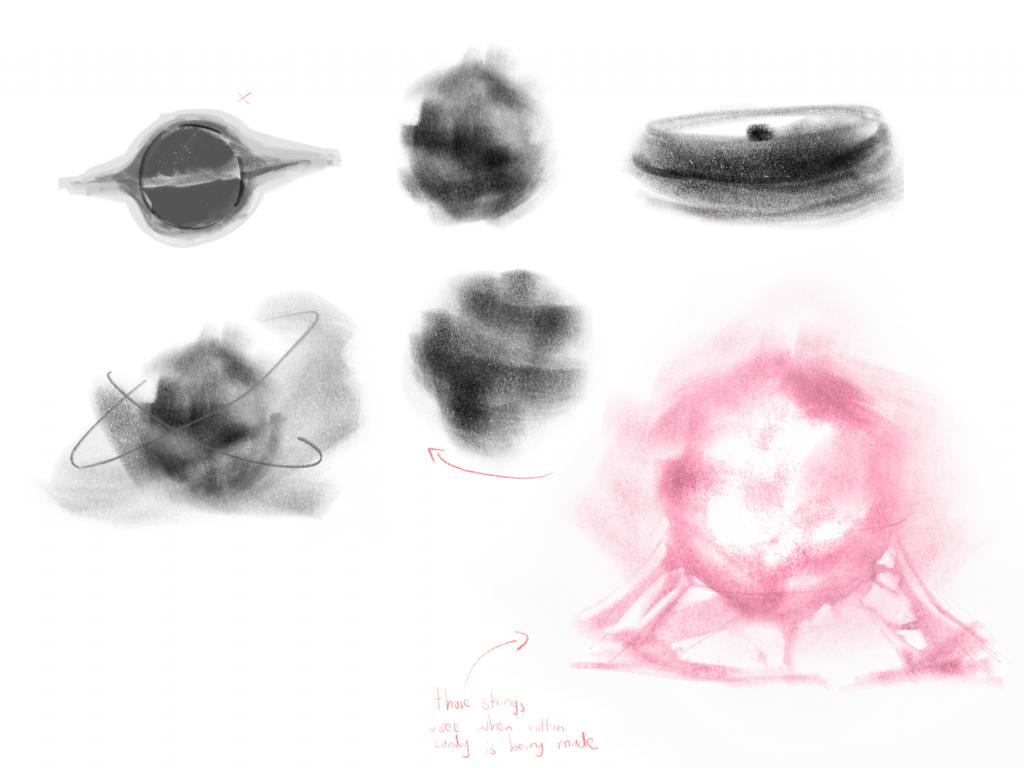
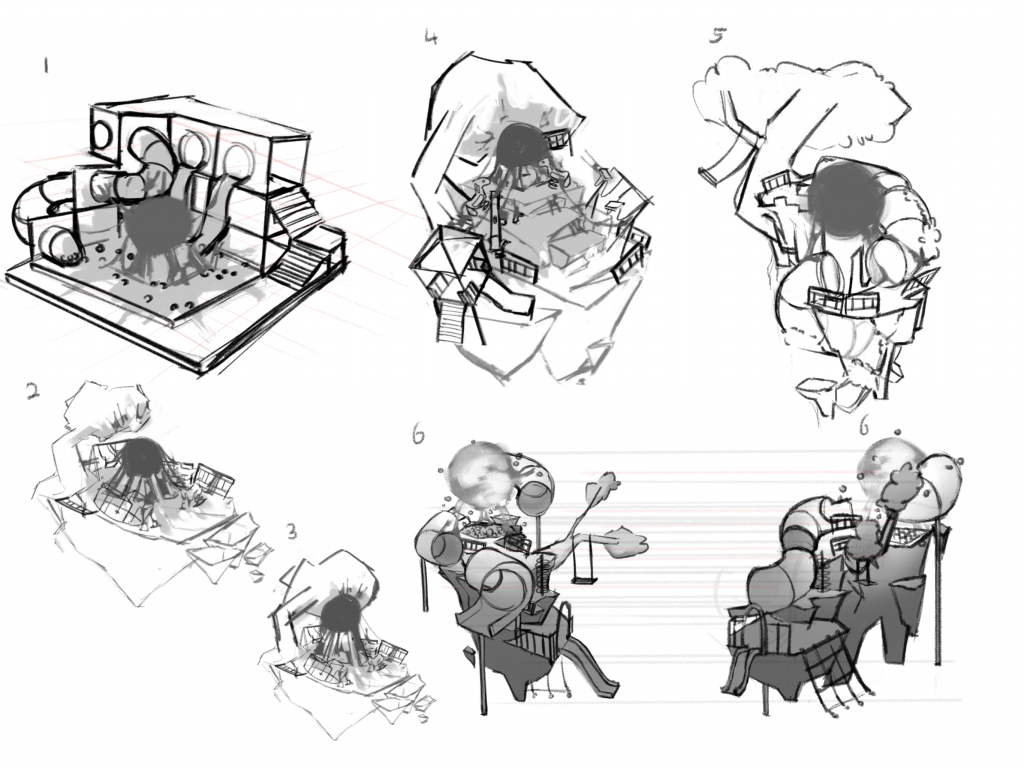
Bibliography
Arcane (2021) directed by: Pascal Charrue Arnaud. Available at: https://www.netflix.com/gb/title/81435684 (Accessed: 19 June 2022).
Campbell, A. C. (2024) ‘How Inner Child Work Enables Healing and Playful Discovery’, Better Up, 24 October. Available at: https://www.betterup.com/blog/inner-child-work#:~:text=As%20you%20practice%20mindfulness%20and,you%20may%20have%20put%20aside (Accessed: 27 October 2024)
Herold, F. (2023) ‘Holiday Pleinair’ [Artstation]. 2 August. Available at: https://www.artstation.com/artwork/WBY3E3 (Accessed: 26 November 2024).
Herold, F. (2024) ‘Plains’ [Artstation]. 24 April. Available at: https://www.artstation.com/artwork/WBOeRE (Accessed: 26 November 2024).
Justino, D. (2024) ‘Painterly Street’ [Artstation]. 22 March. Available at: https://www.artstation.com/artwork/m8Gl1y (Accessed: 25 November 2024).
Justino, D. (2024) ‘Painterly Sushi’ [Artstation]. 24 March. Available at: https://www.artstation.com/artwork/obEKaW (Accessed: 25 November 2024).
Justino, D. (2022) ‘Windmill & River’ [Artstation]. 17 April. Available at: https://www.artstation.com/artwork/14lqRX (Accessed: 25 November 2024).
MiHoYo (2023) Honkai: Star Rail [Video game]. HoYoverse & MiHoYo. Available at: https://hsr.hoyoverse.com/en-us/ (Accessed: 12 May 2024).
OMOCAT (2020) OMORI [Video game]. OMOCAT. Available at: https://www.omori-game.com/en (Accessed: 10 June 2021).
